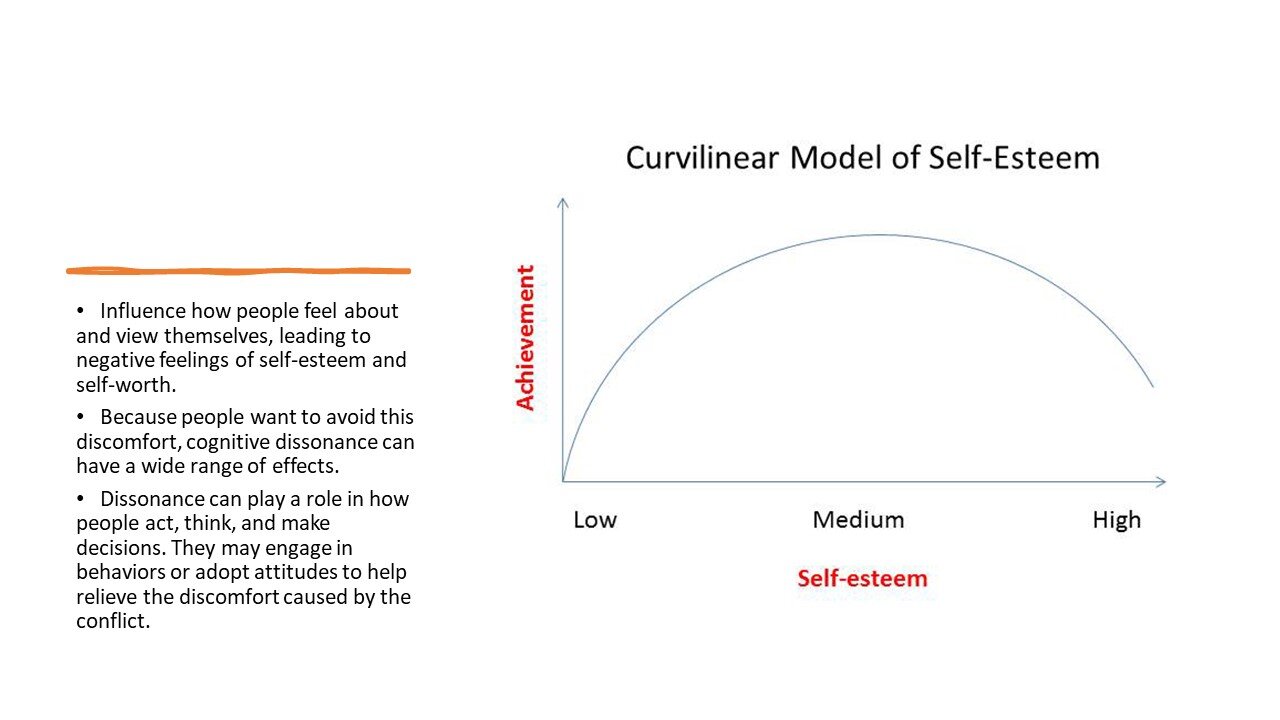Cognitive Development Theory
In my Communication Theory course at Western Carolina University, I was paired with another PR student to discuss the cognitive dissonance theory by Leon Festinger. For our presentation, we focused on certain components of the theory which allowed us to explain those critical components in great detail by using the constructivism theory. The depth of our material supported the credibility of our work and allowed us to establish the “reasoning” of the theory.
Our goal was to allow the audience to fully absorb the theory as its own entity. While the theory is truly fascinating, we wanted each audience member to connect and discover the specifics of this theory.
Conversing about cognitive dissonance creates a discourse of comfort where all ideas will be considered and comprehended. In addition, the audience (peers) will then feel safe about challenging their own questions and understandings, defending their own, and supporting real-world scenarios such as the performers and the police officers.
Upon realizing the discontinuity in logical steps they might be able to better understand themselves and their values. The individual may then align their value structure appropriately to where their religion is supreme and all other values stem from it, or they might abandon religion and build upon the foundation of their racist leanings.
The theory of constructivism is based on the premise of students learning by building upon presuppositions. However, a construction project can only be as strong as the foundation upon which it lay. If said foundation is incongruent and does not properly align the entirety of the project, the student’s beliefs and education will be unstable and unable to withstand any hardship.






